Do you want to print unique patterns on your clothes or other things? You can choose screen printing or sublimation printing. Both of these methods can help you print durable patterns.
Today’s post compares those two ways in detail. Let’s take a look.
How does sublimation work on your products?
Sublimation printing is the process of using a sublimation printer and ink to print a pattern onto special transfer paper, then placing the pattern and the object together in a thermal press for heating (typically 350-400 degrees) and pressurizing, making dye into gas and penetrate deeply into the object.
Can sublimation replace screen printing?
Before answering this question, let’s talk about what is screen printing.
Screen printing is the process of using a squeegee to push the ink through the screen holes and squeeze it onto the object. This technology is relatively complex and requires plate-making before starting printing.
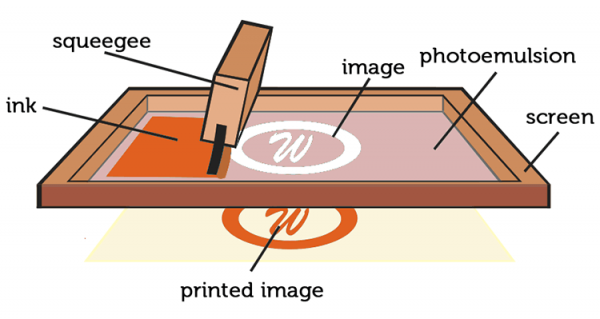
Screen printing is a traditional printing method. The simple patterns on clothes on the market are basically used in this way. And dye sublimation is a new printing method. The printing process is very simple and is being used by more and more people.
But both methods have their own advantages as well as drawbacks. So, here I set five wonderful battles to compare their differences in detail.
5-Round Battle of sublimation and screen printing
Round one: MOQ and cost
Screen printing costs consist of two parts: the plate-making charge and the printing labor charge/pcs.
- The plate-making charges from $15-$70, varying in materials, pattern size, and colors.
- The printing labor charge is mainly influenced by materials. It’s about $0.30/pcs of clothing and even less on ceramics.
Screen printing has a fixed cost for plate-making. The cost per piece is lower when you have a large order (e.g. more than 500 pieces). So silk printing is more cost-effective for larger orders.
The factory has no requirement for the MOQ requirements of sublimation, even one or two pieces can be ordered, which is very suitable for print-on-demand. In addition, the cost of sublimation is calculated according to the area (square meters). Whether a complex pattern with multiple colors or a simple pattern with only two colors, the charge is about 4 dollars/pcs.

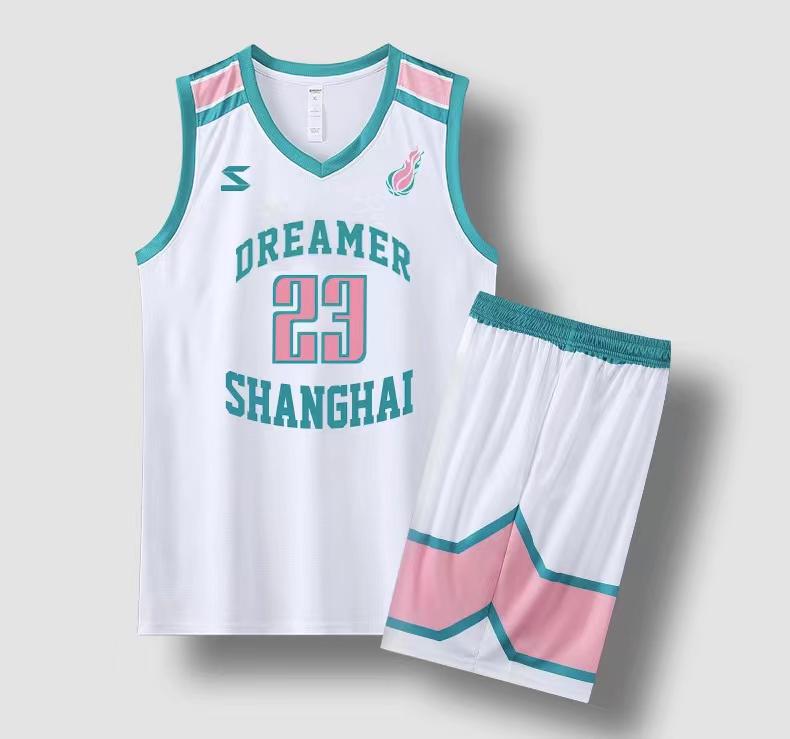
Round two: print effects and quality
Most of the ink for screen printing is attached to the surface of the object, so the printed part with a certain thickness feels harder and less breathable than the unprinted area. This type of printing has good coverage and a good printing effect on dark-colored fabrics. However, it may fade and crack due to multiple washes, the use of detergents, long periods of high-temperature soaking and drying, etc.
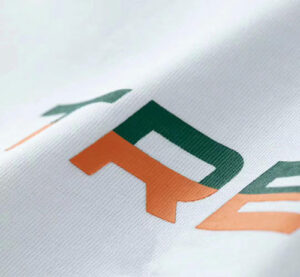
In addition, you can also use special inks to achieve effects such as gold and silver stamping, silicone, flocking, foam printing, etc.

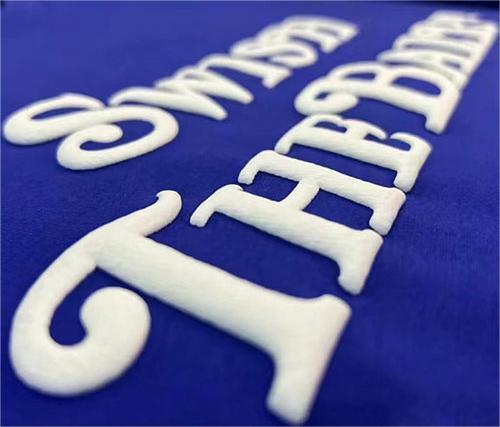
Or you can use water-based ink, which penetrates directly into the fabric, just like dyeing it. The design part feels like nothing is there. It’s soft and breathable.
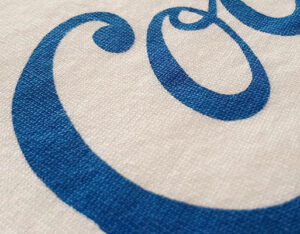
The sublimation ink actually merges into the fabric thereby becoming a part of it. Therefore, the design part doesn’t touch like an extra layer on the top of the fabric. The texture of the clothes with good breathability has not changed. In addition, the print lasts longer than screen printing and does not fade away. The effect is the same as water-based screen printing.
However, sublimation cannot achieve special effects such as gold stamping through special ink. In addition, it is usually applied on light-colored or white fabrics because the print looks really dull with dark-colored fabrics.
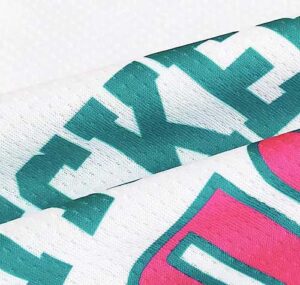
Round three: print complexity and color
Screen printing is very suitable for a simple design with two or three colors. Because each additional color requires creating an additional template, and some colors have to be manually mixed, which may differ from your ideal color.
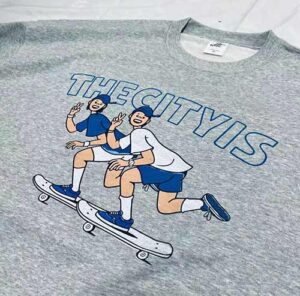
In contrast, sublimation has no such restrictions. You can print any pattern and color you want, and it even expresses well with all-over-print products, character portraits, and gradient patterns. The colors printed sublimation are machine set and will be more accurate.
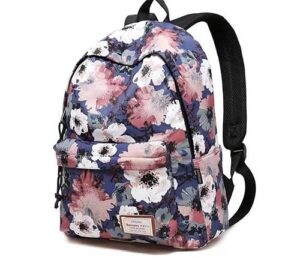
Round four: fabrics and materials
Sublimation limits your choice of fabric, and can only be applied to polyester fabrics or fabrics containing more than 80% polyester, such as quick-drying T-shirts and shorts, sports towels, etc. In addition to fabrics, sublimation can also be applied to ceramics, metal, glass, and other materials. You can use it for printing on mugs, keycaps, etc.
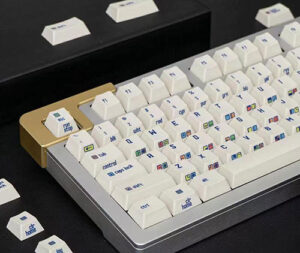

In contrast, screen printing will be less restrictive for fabrics. You can print your pattern on cotton, linen, polyester, nylon, leather, etc. In addition to fabric, screen printing is also mostly used on paper, glass, ceramics, plastic, and other materials.
Round five: eco-friendliness
If you are looking for an environmentally friendly way to print your pattern, sublimation is a good choice. The inks used for sublimation are non-toxic. While screen printing ink is not only polluting, but requires large amounts of water and detergents to remove additives, all of which will have a bad impact on the environment.
Conclusion
So as you can see, different materials, effects, durability, and cost all affect which printing method you use. There is no so-called “best printing method”.
In addition to these two common printing methods, there are many others, such as DTG printing, embroidery, and embossing. They all have their unique advantages.
Contact Jingsourcing for Printing Solutions
- 200+ printing factories
- Support 4000+ clients
- 20+ years experience
